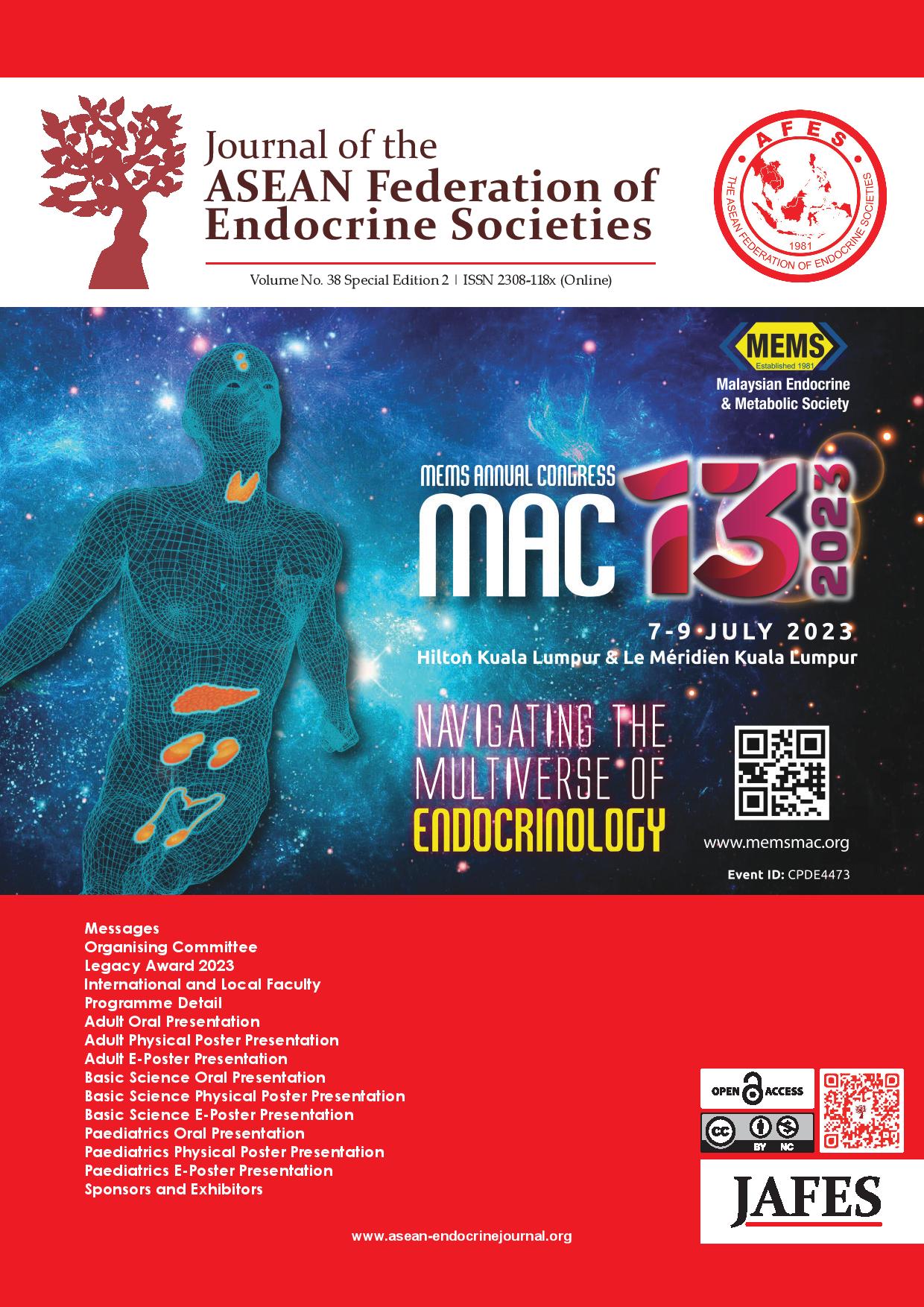OPTIMISING TSH RECEPTOR ANTIBODY (TRAB) TESTING IN PREGNANCY
A SINGLE-CENTRE AUDIT
Keywords:
TRAB, ATD, neonatal thyrotoxicosisAbstract
INTRODUCTION
The course of Graves’ disease in pregnant women is variable and there is a risk of fetal/ neonatal thyrotoxicosis as TSH Receptor Antibodies (TRAb) can pass through the placenta. TRAb should be tested in pregnant patients with Grave's thyrotoxicosis or Grave's with a past history of radioiodine or thyroidectomy. The 2017 American Thyroid Association Thyroid Disease in Pregnancy Guideline specified a cut-off TRAb of >5 IU/L (3 times the upper limit of normal) in the first trimester to identify patients with increased risk. Patients with elevated TRAb in the first trimester and/ or requiring anti-thyroid drugs (ATD) mid-pregnancy are recommended for repeat testing in the third trimester. Persistent TRAb >5 IU/L in late pregnancy predicts risk of neonatal hyperthyroidism. We aimed to review the practice of TRAb monitoring in pregnancy in Hospital Putrajaya (HPJ).
METHODOLOGY
A retrospective audit of pregnant women with a history of Grave's thyrotoxicosis seen between 2019 to 2022 in HPJ. We identified 23 women with at least 2 TRAb tests in pregnancy.
RESULTS
Of 23 women, 19 were thyrotoxic on ATD, 3 were euthyroid on thyroxine replacement post-radioiodine therapy and 1 was euthyroid and without treatment. At baseline, 2 had normal TRAb (<1.75 IU/L), 13 had elevated TRAb but below the cut-off (>5 IU/L) and 8 significantly elevated TRAb (>5 IU/L). All 15 patients with initial TRAb below the cut-off, had repeat TRAb that remained either normal or below 5 IU/L. The TRAb level reduced to below 5 IU/L in 3 patients with initial high TRAb.
CONCLUSION
One patient had unnecessary initial testing and two-thirds of patients had unnecessary repeat TRAb testing. A TRAb level of <5 IU/L in early pregnancy correlated 100% with TRAb below the cut-off in late pregnancy. Overall, 1 in 5 women (21%) had risk of their fetus developing neonatal thyrotoxicosis. This audit highlights the need to improve awareness of the guidelines. A simple graphical algorithm has been developed as a guide.
Downloads
References
*
Downloads
Published
How to Cite
Issue
Section
License
Copyright (c) 2023 Kausalyaa Krishnabalan , Azraai Bahari Nasruddin

This work is licensed under a Creative Commons Attribution-NonCommercial 4.0 International License.
The full license is at this link: http://creativecommons.org/licenses/by-nc/3.0/legalcode).
To obtain permission to translate/reproduce or download articles or use images FOR COMMERCIAL REUSE/BUSINESS PURPOSES from the Journal of the ASEAN Federation of Endocrine Societies, kindly fill in the Permission Request for Use of Copyrighted Material and return as PDF file to jafes@asia.com or jafes.editor@gmail.com.
A written agreement shall be emailed to the requester should permission be granted.







